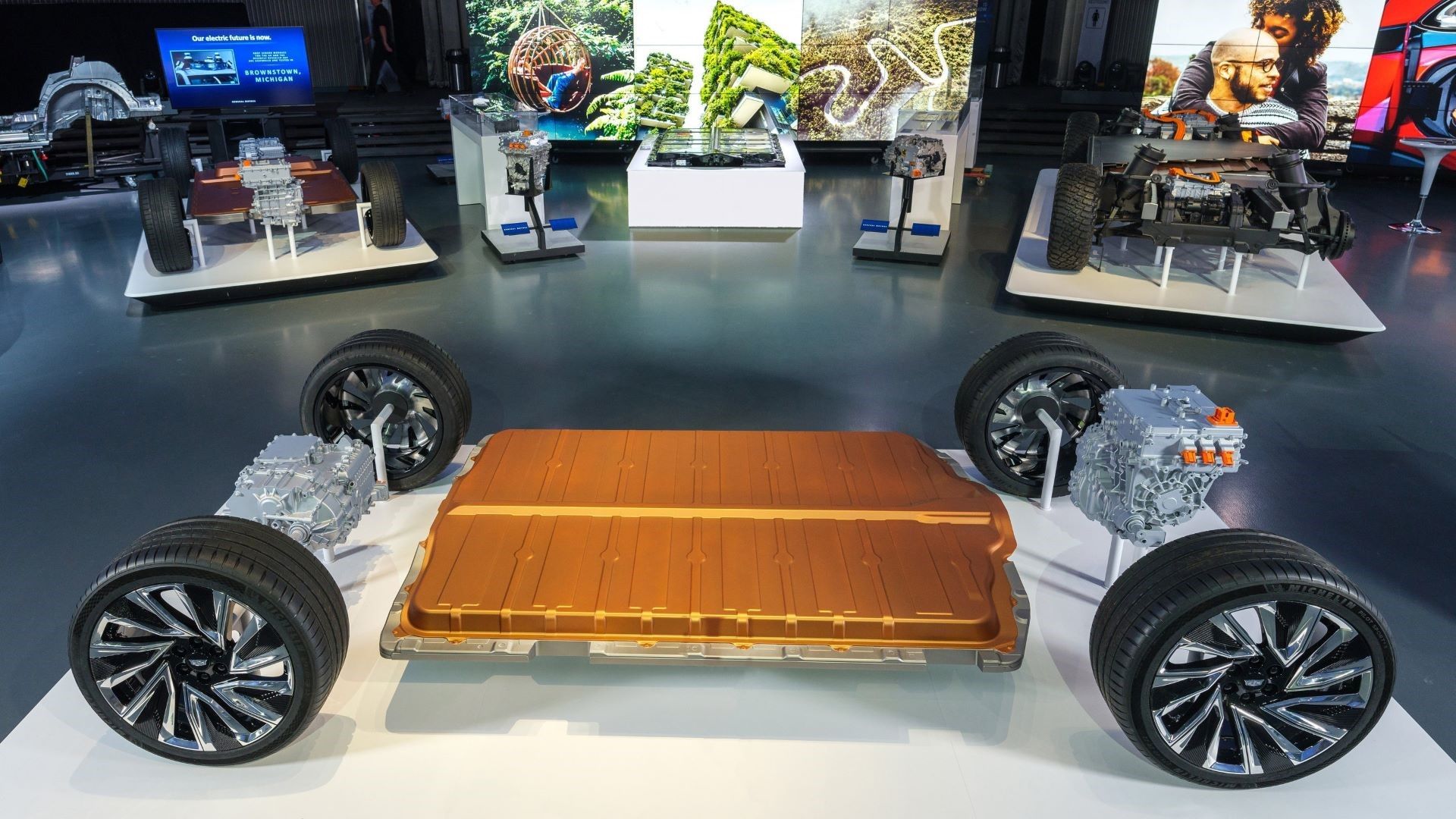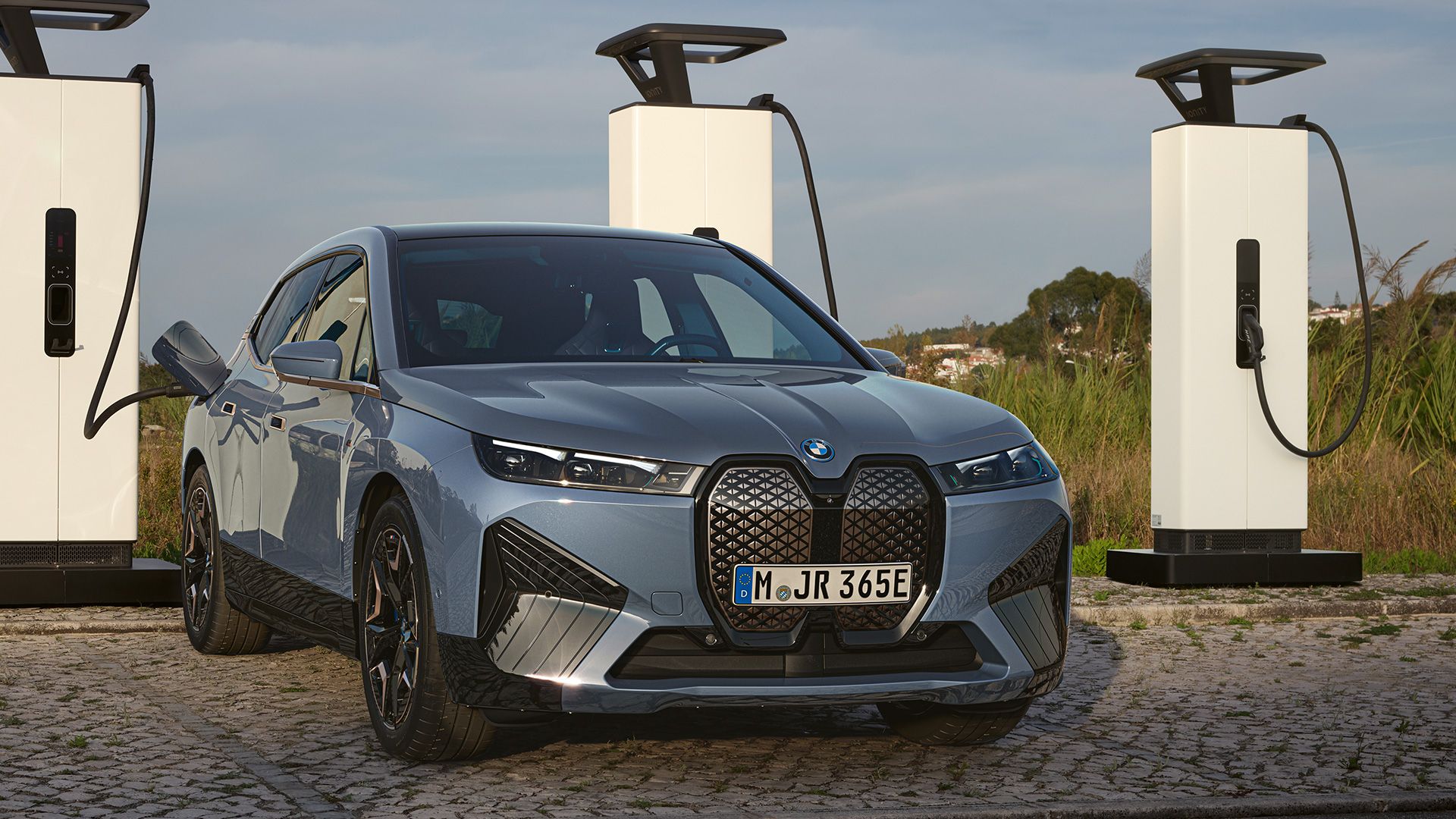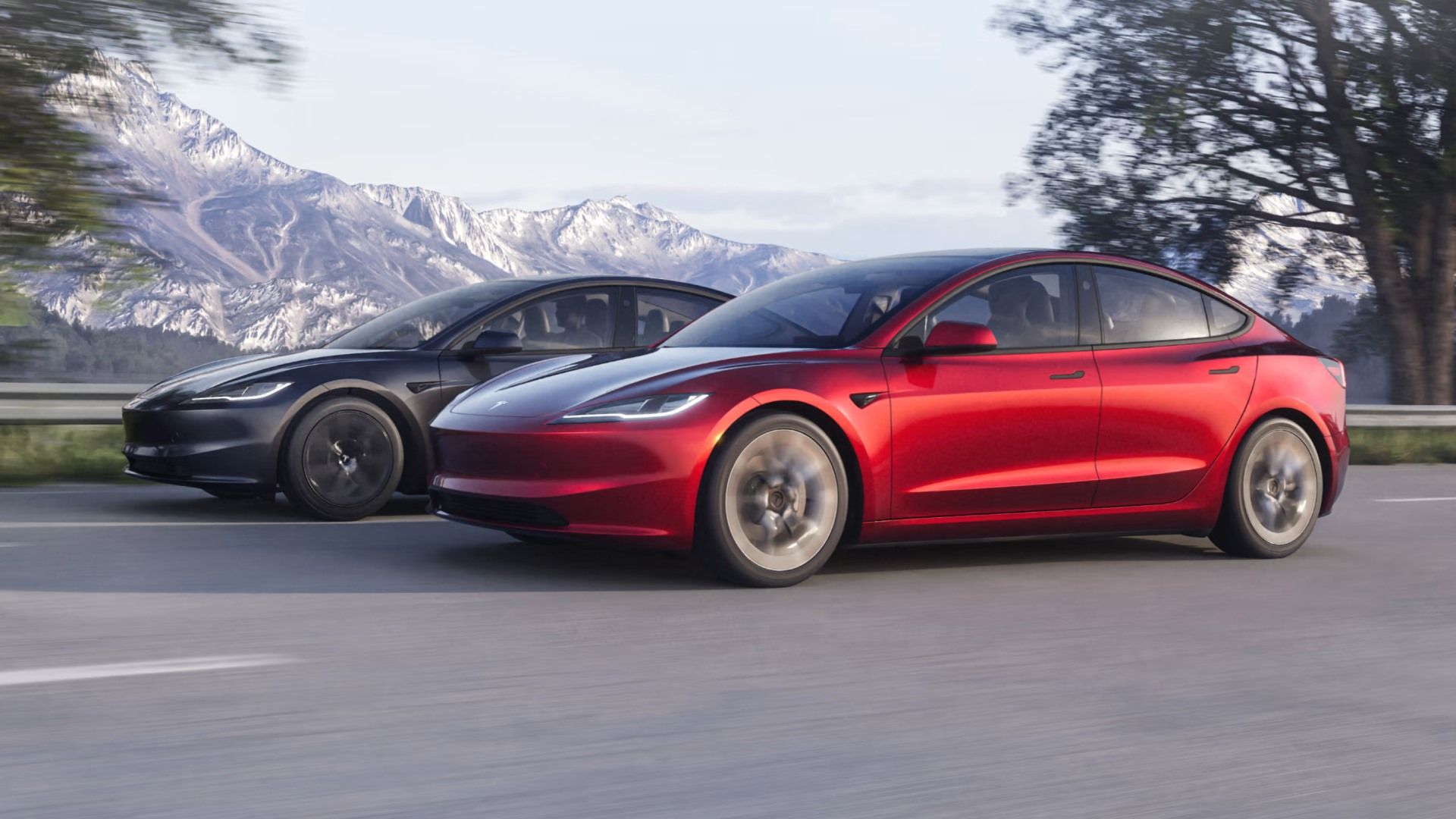Summary
- Electric car batteries are temperature-sensitive, and extreme temperatures can affect their performance and range.
- Cold weather can significantly decrease the range of electric cars, as batteries need to be heated to maintain optimal working levels.
- The limited EV charging infrastructure and non-standardized plugs can make charging on the road difficult and time-consuming, especially during peak times.
It is hard to look around and not see an electric car on the road nowadays. Whether it is the top of the range of Lucid Air or a more budget-friendly EV such as the Nissan Leaf, you may feel a little green-eyed as they silently spool past, saving money for their drivers while they enjoy modern technology. That alone may get your heart pounding for one, or it may be that you have heard about the biggest advantages of owning an electric car.
It all sounds great! But unfortunately, things don’t always turn out great for EV owners. Many electric cars still have some bugbears that you must look out for when thinking of trading in your beloved gasoline car for a sleek electric vehicle. We have chosen the following biggest problems to look out for in electric cars based on practicality reasons for drivers, safety reasons (this is a big one), and money-saving reasons.
In order to give you the most up-to-date and accurate information possible, the data used to compile this article was sourced from various manufacturer websites and other authoritative sources, including Consumer Reports, the NHTSA, Fuel Economy.gov, Transportation.gov, Department of Energy, and Car And Driver.
Batteries Are Temperature Sensitive
Like brewing your coffee at just the right temperature, batteries in electric vehicles will not function to the best of their design if they’re not operating within optimal temperature parameters. If it is too hot, or if it is too cold, you can expect to see a drop in performance and range from your electric car battery.
We are not talking about whether it is too cold or too hot outside that your battery won’t work, and you’ll be stuck somewhere. You will just have to charge up a lot more often on a journey (especially long ones), and you could experience reduced performance from the motor.
Cold Weather Can Decrease Range
Electric car batteries have a finite range anyway, and generally, batteries that are liquid-electrolyte will struggle in cold weather as they need to be heated to stay at optimal working levels. The energy used to keep the battery at the right temperature reduces the available energy to be used for battery output to the motors that drive the car.
That is before including heating of the cabin. You don’t want to reach your destination a shivering mess. Unlike in gas-powered cars where the heat in the cabin is ‘free’ from the engine, in EVs the heating also has to be done from the battery alone. Even in high-end EVs like the Tesla Model 3, the range is reduced by up to 60 miles in cold weather by using the heated seats and cabin heater!
Hot Weather Can Cause Your Battery To Overheat
This point may grab your attention after recent reports of certain EVs catching fire from overheating. There are two main reasons why batteries do not like hot weather; one is that the electrons in the battery move slower during hot weather, causing the performance capability to drop, and two, unlike gas-powered cars which use the engine to disperse heat, it is hard to disperse the heat from a battery.
Use in hot weather over a prolonged period can cause lithium-ion battery degradation, and over time, when the battery becomes damaged it can cause a thermal runaway. Effectively a chain reaction that causes the battery to overheat, catch fire, and potentially explode! That could be an awful end to your day as you step out of the office on a summer evening and see that your car has combusted!
Battery Range Can Be Low
A lot of drivers may think that just because they are driving an electric car, they are doing some great work for the environment, and they will be able to drive and drive and drive on a single charge. Unfortunately, that is not the case.
Many electric cars, even some of the newest ones on the market, have a lot shorter range than their gasoline-powered counterparts. This is a big thing to look for. If you are considering making the switch, check the average range of the battery in the car. Some electric cars are just perfect for short drives or city driving, but may leave you wondering about how to drive to visit your Great-Aunt Nora in a different state.
The More You Pay, The More You Get
Like most things, if you pay more for it, you generally get more. Unfortunately, this is still the case for electric cars. The Lucid Air Grand Touring has the highest range for EVs, at an estimated 516 miles from a single charge. Very impressive, right? But, then you look at the price. Prices start at $117,000! Yes, you get luxury, you get a longer range, and you get a real head-turner, but compared to a 2023 Chevrolet Bolt that has a range of around 259 miles on a single charge, and it costs $27,495, the price gulf is huge!
For those who want to hear a comparison of a car that takes the best of both worlds, a 2023 Lexus ES 300h, which is a hybrid that features a 2.5-liter gasoline engine and has a combined MPG of 44 MPG, has a reported range of 700 miles, and only costs $44,590 MSRP. It is hard to compare the benefits.
Charging On The Road Can Be Difficult
Picture the scene; you are happily cruising along on a day with optimal outside temperature, tunes blasting, and you are generally having a good time on your drive. You then look down at your dash and see that your range is low. What do you do? You pull into a gas station, but there is no EV charging point. We are not saying that they are non-existent on the roads, but they are harder to come by than your average gas station.
Obviously, some prior planning and overnight charging before a long journey should be taken into consideration, but if there is a delay, a road accident, or a diversion, your carefully planned route can be scuppered. With a distinct lack of charging points currently in the U.S.A., especially in rural areas, finding a convenient place to charge up could be difficult.
Charging Times Vary And Can Be Long
Charging an electric car should be simple right? Well, kind of. But no! This can again come down to how much you pay for the electric vehicle or how much you pay at car charging points. There are different levels of chargers available that charge your EV at different rates. But, unfortunately, not all charging points will fit your car’s charger.
Limited EV Charging Infrastructure
Currently, in the U.S.A. there are around 168,000 gas stations, which all have multiple pumps. Compared to about 138,000 EV charging stations in the U.S.A. Considering the time EVs take up at a charging port in a station, and the growing number of electric cars being used (now around 1.7 million in use), the infrastructure to keep EVs going has a long way to go.
Depending on where you live and drive, the queues for a charging point can start to get long if you are driving at peak times or need to fully charge your car. Times do vary and sometimes, you can sit for a long while whilst waiting to have enough juice to finish your journey.
Non-Standardized Plugs
The biggest bone of contention that comes with owning an EV is that not all plugs fit all charging points. Yes, we know that when people are asked to go electric but then can’t use every charging point, it can become very aggravating. There are different types of chargers to be used on a specific plug featured on your EV. Depending on what EV you own, it will depend on where and how quickly you will be able to charge it. Look out for what plug is featured in the EV within your budget to see if it works for your needs. As a general rule here as well, the more you pay, the more you get!
Different Charging Levels For EVs
|
Level 1 |
Level 2 |
DC Fast Charging |
|
|
Connector Type |
J1772 |
J1772 |
CCS Connector, CHAdeMo Connector, Tesla Connector |
|
Power Output |
1 Kilo-Watt |
7 – 19 Kilo-Watt |
50 – 350 Kilo-Watt |
|
Time To Charge |
40 – 50 Hours |
1 – 2 Hours |
20 Minutes – 1 Hour |
|
Typical Locations Of Charging Points |
Home |
Home, Office, Public |
Public |
(Information gathered from U.S. Department of Transportation)
Yes, that does sound like a lot of information to get your head around, but it becomes easier when you know what plug you have! Regardless, it is slower than putting gas in your car.
EV Battery Degradation
Now to one of the biggest things that you should look out for; Battery degradation. The words themselves sound as ominous as a spaceship heading for a black hole.
It is a serious point though that should be fully looked at if you are thinking of buying an electric vehicle, especially a second-hand one, as there have been reports of EVs catching fire and exploding because of thermal runaway due to battery degradation.
Things To Look Out For When Buying Second-Hand
Everyone loves a bargain. So, if you see a Tesla up for sale for $26,000, you’d be in your right mind to go for a test drive. Be warned though, look at the odometer. Tesla says that their batteries are good for over 100,000 miles, but doesn’t mention how much longer.
If the battery has done nearly 100,000 miles, but you are not sure if it has been serviced or even looked over by a Tesla technician, your $26,000 could become a very expensive shell of a car. Replacement batteries for Teslas can be anything from $5,000 upwards, not including labor costs. So, if you are looking second-hand, ensure that the battery life is still good or has already been replaced.
Ensure That The Batteries Are Safe, Fires Are Hard To Put Out
Though maintaining an electric car comes with less overall maintenance than a gasoline-powered car, when buying a second-hand EV, always ensure that the recommended servicing has been carried out on the batteries before you buy it.
Batteries have a limited life when it comes to how many times they can be cycled, or charged and de-charged. So, if the battery has reached that limit, its overall integrity can become a bit shaky. Also, if the battery becomes damaged anyway, it can lead to permanent damage and potential thermal runaway. That is very bad news for your electric car and poorly maintained batteries that are damaged can result in some pretty nasty situations that involve a lot of fire and smoke.
Though electric cars have come on leaps and bounds in the last few years and, for many, are a great way to travel short distances, even long distances if affordable, there are still a few problems that need to be kept an eye on. Unfortunately, not all that is modern is the best at the moment!
Credit: Source link


